Evanston is home to Northwestern University and boasts a mix of historic architecture and modern amenities. With its tree-lined streets and older homes, regular drain maintenance is crucial to preserving the integrity of its plumbing systems. Hydro jetting can help maintain the charm and functionality of Evanston’s diverse housing stock.
Hydro jetting is an effective method for clearing stubborn clogs and maintaining clean drains. For homeowners in Evanston, Illinois, this technique can help keep the historic charm and modern infrastructure of your homes running smoothly. With tree-lined streets and a mix of old and new properties, Evanston's drainage systems can benefit significantly from regular maintenance. Here's a step-by-step guide to performing DIY hydro jetting for drain cleaning.
Tools and Materials Needed:
- Hydro jetting machine (available for rent)
- Safety goggles and gloves
- Waterproof clothing
- Garden hose
- Plumber’s tape
- Pipe wrench
- Drain cleaning nozzle
Step 1: Safety First
Ensure Personal Safety:
- Wear safety goggles and gloves to protect yourself from high-pressure water and debris.
- Put on waterproof clothing to stay dry during the process.
Ensure Area Safety:
- Clear the area around the drain of any obstacles.
- Inform household members about the hydro jetting process to keep them safe.
Step 2: Prepare the Hydro Jetting Equipment
Connect the Hydro Jetting Machine:
- Attach the garden hose to the hydro jetting machine’s water inlet.
- Secure the drain cleaning nozzle to the end of the hydro jetting hose using plumber’s tape to prevent leaks.
Set Up the Machine:
- Place the hydro jetting machine near the drain you plan to clean.
- Ensure the machine is on a stable, flat surface.
Step 3: Access the Drain
Remove Any Drain Covers:
- Use a pipe wrench to loosen and remove any drain covers or caps.
- Inspect the drain opening to ensure it’s clear of debris that could block the hydro jetting nozzle.
Step 4: Insert the Hydro Jetting Hose
Position the Hose:
- Carefully insert the hydro jetting hose into the drain opening.
- Push the hose as far into the drain as possible to reach the clog.
Step 5: Begin Hydro Jetting
Turn On the Water Supply:
- Slowly turn on the water supply to the hydro jetting machine.
- Gradually increase the water pressure to the recommended level for your machine.
Start Cleaning:
- Move the hose back and forth within the drain to dislodge and remove debris.
- Be patient and methodical, allowing the high-pressure water to break down clogs and wash them away.
Step 6: Monitor the Process
Check for Clear Flow:
- Periodically pull the hose out and run water through the drain to check for clear flow.
- If the water drains smoothly, the clog has been cleared. If not, continue hydro jetting.
Inspect for Remaining Debris:
- Once the drain is clear, inspect the area around the drain for any remaining debris.
- Clean up the work area to prevent any leftover debris from causing future clogs.
Step 7: Final Steps
Turn Off and Disconnect:
- Turn off the hydro jetting machine and water supply.
- Disconnect the garden hose and drain cleaning nozzle.
Reassemble the Drain:
- Reattach any drain covers or caps that were removed.
- Ensure all connections are secure and free of leaks.
Conclusion
Hydro jetting is a powerful and effective way to maintain clean drains, especially in a community like Evanston, where historic and modern homes coexist. By following these steps, you can tackle drain clogs and keep your plumbing system in top shape. If you encounter any challenges or prefer professional assistance, contact J Blanton Plumbing for expert hydro jetting services. Enjoy clear drains and a well-maintained home in Evanston!











